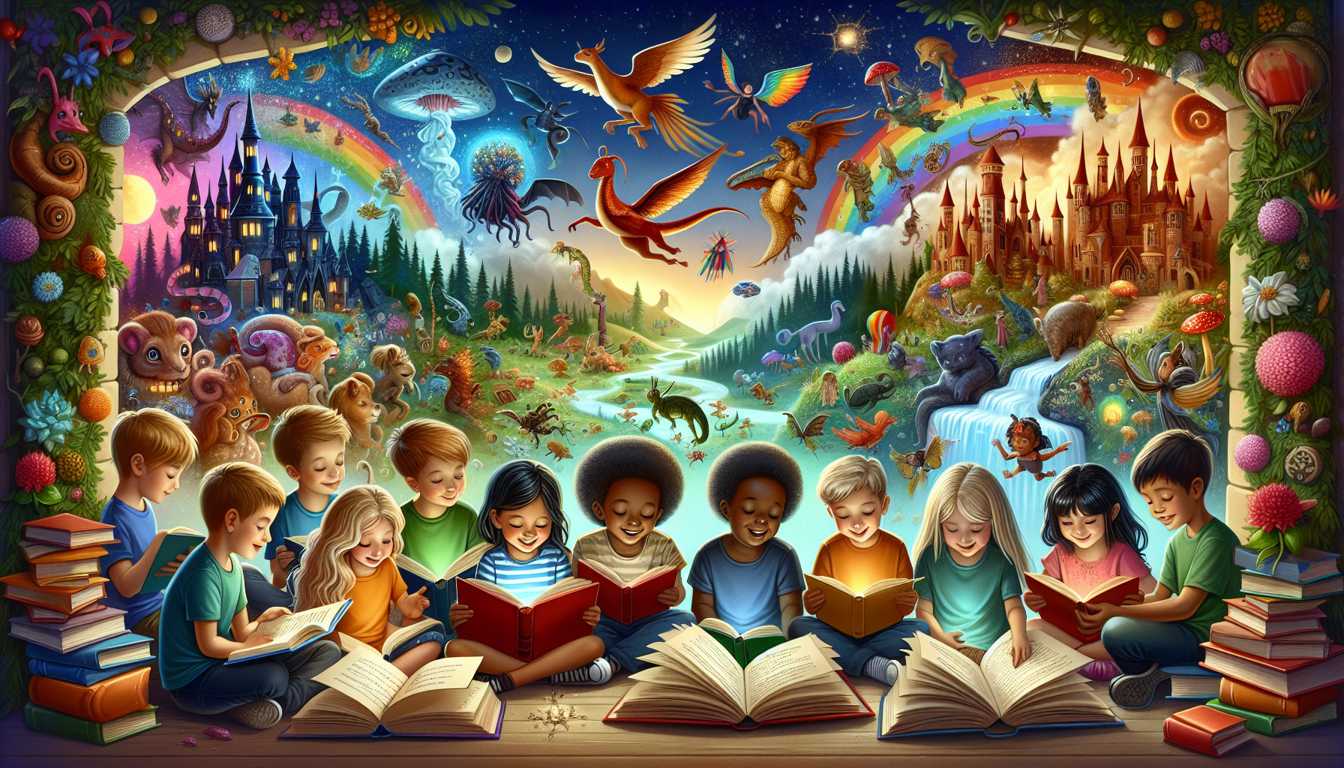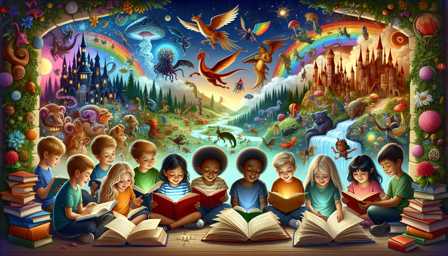
Children's Literature: Shaping Minds and Imaginations of Young Readers
Children's literature plays a crucial role in the development and shaping of young minds. It's not just a tool for entertainment; it fosters imagination, teaches values, and opens up a world of possibilities. In this article, we'll explore how children's literature has evolved, its impact on young readers, and highlight some iconic books that have left an indelible mark on the world of children's literature.
The Evolution of Children's Literature
The journey of children's literature is as enchanting as the stories within its pages. Initially, children's books were primarily didactic, aimed at teaching moral lessons. However, over time, the genre has evolved, embracing narratives that stimulate imagination, provide entertainment, and address the emotional and social concerns of young readers.
The Golden Age of Children's Literature
The late 19th and early 20th centuries are often referred to as the Golden Age of Children's Literature. This era saw the publication of timeless classics such as Lewis Carroll's "Alice in Wonderland" and J.M. Barrie's "Peter Pan". These books broke the mold of traditional children's literature by encouraging imagination and adventure.
Modern Children's Literature
Today, children's literature is diverse and inclusive, featuring stories from different cultures, addressing a wide range of social issues, and promoting values such as empathy, resilience, and respect for diversity. Series like J.K. Rowling's "Harry Potter" and Rick Riordan's "Percy Jackson" series not only entertain but also teach valuable life lessons.
Impact on Young Readers
Fostering Imagination and Creativity
Children's books are a gateway to different worlds, encouraging young readers to imagine and create. For example, the magical world of Hogwarts in "Harry Potter" inspires creativity and the belief in the impossible.
Emotional and Social Development
Books that address complex emotions and social situations help children understand and navigate their feelings and relationships. Judy Blume’s works, such as "Are You There God? It's Me, Margaret," have been pivotal in addressing adolescent issues with sensitivity and realism.
Building Fundamental Skills
Children’s literature is instrumental in developing language and cognitive skills. Dr. Seuss's books, with their rhymes and unique vocabulary, have been significant in promoting early literacy.
Representation and Diversity
Modern children's literature often focuses on representation and inclusivity, helping children understand and appreciate diversity. Books like "The Story of Ferdinand" by Munro Leaf and "The Day You Begin" by Jacqueline Woodson provide windows into different cultures and lifestyles.
Notable Works in Children's Literature
Classics
- "Charlotte's Web" by E.B. White: A tale of friendship and sacrifice that continues to resonate with children.
- "The Chronicles of Narnia" by C.S. Lewis: An epic series combining fantasy with moral and spiritual lessons.
Contemporary Works
- "Wonder" by R.J. Palacio: A heartwarming story that teaches empathy and the importance of accepting differences.
- "Diary of a Wimpy Kid" by Jeff Kinney: A series that combines humor with the challenges of growing up.
Conclusion
Children's literature is not just about stories; it's a powerful tool that shapes the minds and imaginations of young readers. As it continues to evolve, it remains a vital part of childhood, offering joy, lessons, and a foundation for lifelong learning and personal growth. Whether through the whimsical adventures in fantasy lands or the realistic struggles in coming-of-age stories, children's books hold the extraordinary power to inspire and educate, making them an invaluable treasure in the journey of growing up.

